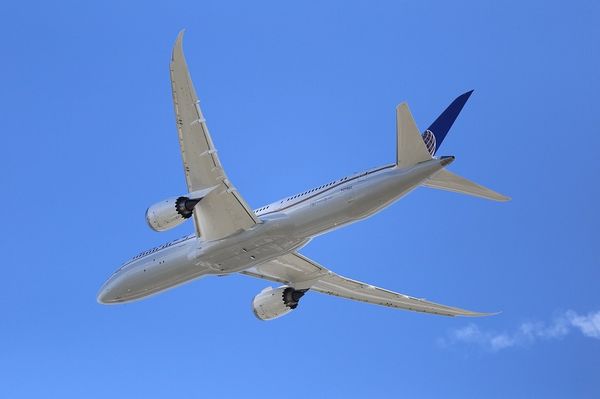Panasonic dismisses security risk allegations in in-flight entertainment system

On a flight from Warsaw to Dubai two years ago, a researcher with IOActive made an accidental discovery about the security risks of vulnerable in-flight entertainment systems developed by Panasonic Avionics. If exploited by hackers, they could switch off the lights, change altitude readings, show fake maps, bypass credit card checks and broadcast different messages; theoretically, the entire system could be compromised, he said.
After playing with the entertainment system and touching certain points, he got the screen to display debug data. When he looked up the information online, he found hundreds of publicly available firmware updates for multiple airlines,” including “the source code of the backend to be publicly exposed, but on a different .aero website.”
Hundreds of firmware updates found are used by major airlines, including Emirates, Air France, Aerolineas Argentinas, United, Virgin, Singapore, FinnAir, Iberia, Etihad, Qatar, KLM, American Airlines and Scandinavian.
“The problem is that the system has many vulnerabilities and attackers can analyze the firmware to identify and later exploit the vulnerabilities,” said Cesar Cerrudo, chief technology officer of IOActive Labs. “If the systems were secure then having the firmware available shouldn”t be a problem, but that”s not usually the case.”
“The implied potential impacts should be interpreted as theoretical at best, sensationalizing at worst, and absolutely not justified by any hypothetical vulnerability findings discovered by IOActive,” said a spokesman for Panasonic Avionics Corporation, according to BBC.
Furthermore, Panasonic dismissed the claims that hackers could access credit card information or take over flight controls through the entertainment system.
tags
Author
After having addressed topics such as NFC, startups, and tech innovation, she has now shifted focus to internet security, with a keen interest in smart homes and IoT threats.
View all postsRight now Top posts
Torrents with Pirated TV Shows Used to Push Lumma Stealer Malware
November 14, 2024
What Key Cyberthreats Do Small Businesses Face?
September 06, 2024
FOLLOW US ON SOCIAL MEDIA
You might also like
Bookmarks








